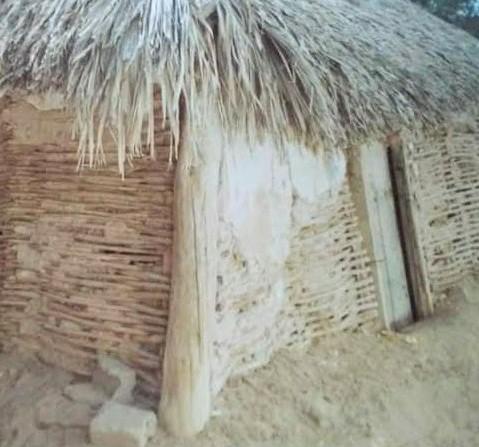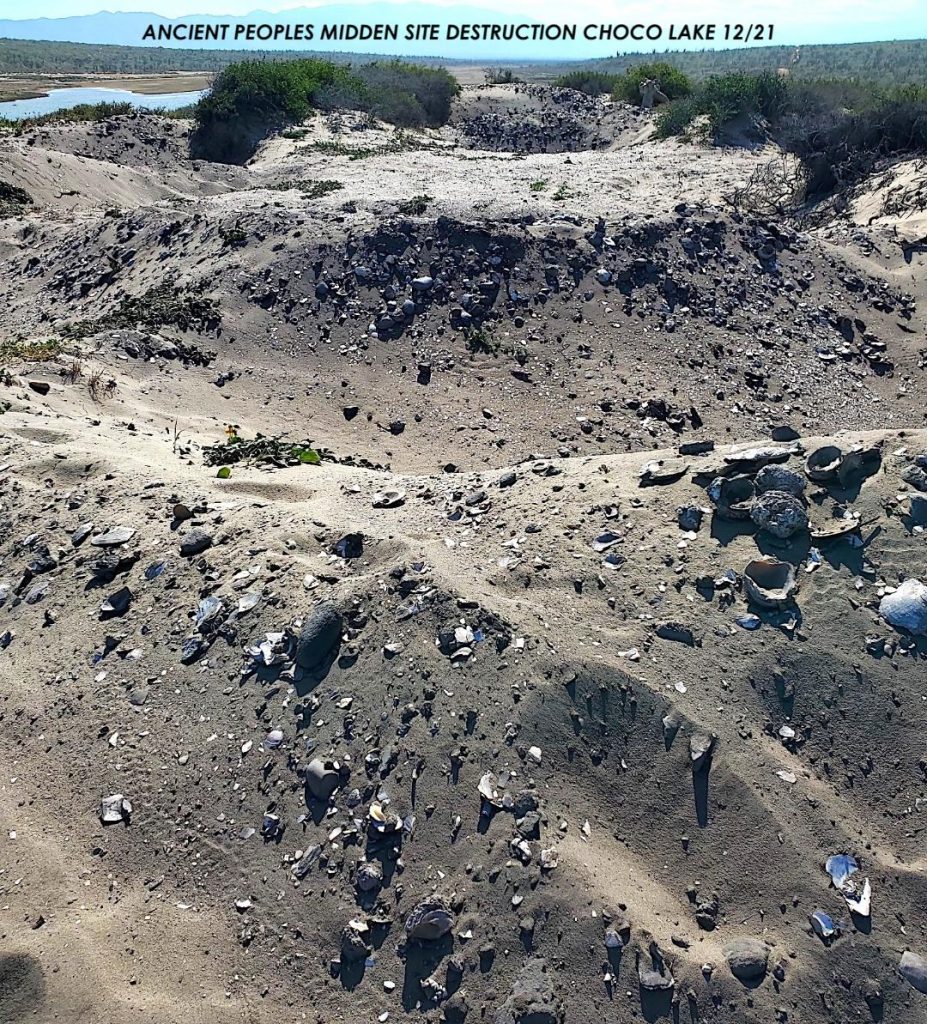For a century and a half, pearl divers repeatedly overfished and abandoned the pearl grounds along the east coast of Baja California. The pearl beds replenished themselves in a few decades before being overfished again. In 1697, when Charles the II learned that license holders spent more time gathering pearls than mapping and searching for settlement sites as the permit required, he rescinded those licenses. When the Jesuits took over administering economic activity on the peninsula, they prohibited pearl collecting for mission workers; others could get permission as long as they paid the Spanish Crown his quinto de perlas, one-fifth of the pearls they found. The Jesuits also suggested payment for themselves of one-tenth.
A century after Spain expelled the Jesuits from Baja, the pearling industry in La Paz took off. Armadores (fishing fleet owners) hired mostly Yaqui Indians from Sonora to dive for pearls. Some Yaqui Indians could dive to 20 fathoms, 120 feet, equipped only with a loincloth, knife, and catch-bag. But deaths from a variety of hazards were high.
Divers in canoes fanned out from the mother ships to dive for the madreperlas (pearl oysters). Many Yaqui divers and their families migrated to La Paz when the Territorial Deputies imposed higher duties on the armadores who hired non-residents divers. That may have included an ancestor of the future co-founder of La Ventana.
Onshore, workers opened the mollusks to look for pearls. Then they cleaned the mother-of-pearl shells and sorted them for export to Europe, where artisans used them to make buttons, inlaid tabletops, and other items. Mother-of-pearl soon brought in more money than the pearls themselves.
In 1874, an Italian and an American arrived in La Paz with diving suits and air pumps that they had used for pearl fishing in the Gulf of Panama. Divers outfitted with this equipment could harvest oyster beds deeper than 80 feet, an extreme limit for most freedivers. They sold pearls for as much as 60 times the cost of collecting them and retired after only six months of work.
As other outfitters began importing similar equipment, La Paz became the pearling capital of the world. Pearl fishing companies usually equipped small fishing boats with an air pump, a buzo (diver), two pump operators, and two rowers. A life-line man helped divers into their heavy diving suits, kept the air hoses untangled, and helped raise the buzo to the surface after a time that depended on the depth reached. It could be an hour or more in shallow waters, but only a short time from sea floors too deep for free diving.
By the early 1900s, business was booming in La Paz, a growing town of some 10,000 people.
Continue reading “Salomé León and the Founding of La Ventana” →

